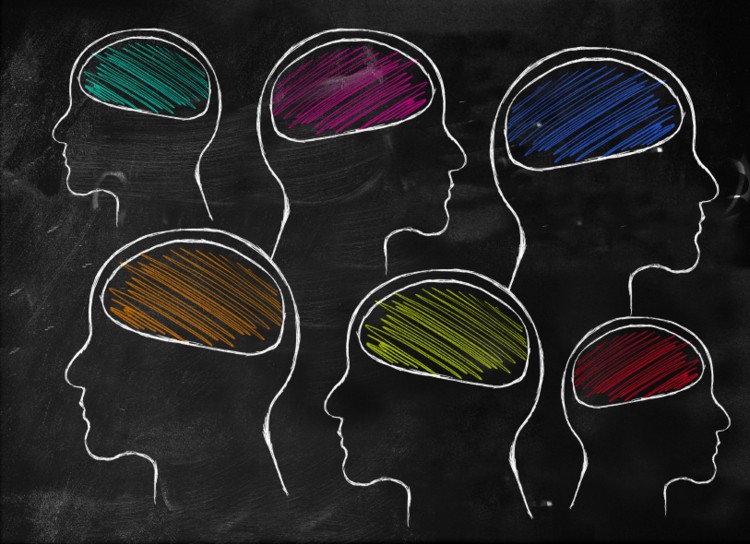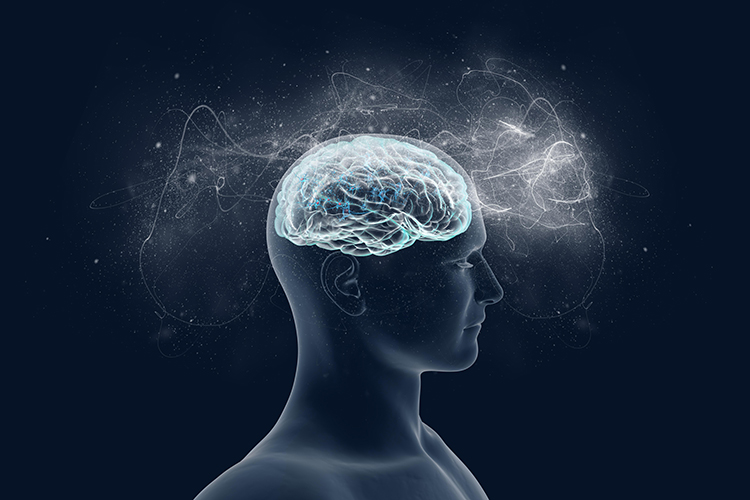The Brain Injury Rehabilitation Workbook
The Brain Injury Rehabilitation Workbook edited by Rachel Winson, Barbara A. Wilson, and Andrew Bateman.
Packed with practical tools and examples, this state-of-the-art workbook provides a holistic framework for supporting clients with acquired brain injury. Clinicians are guided to set and meet collaborative treatment goals based on a shared understanding of the strengths and needs of clients and their family members. Effective strategies are described for building skills and teaching compensatory strategies in such areas as attention, memory, executive functions, mood, and communication. Particular attention is given to facilitating the challenging process of identity change following a life-altering injury. In a large-size format for easy photocopying, the volume features 93 reproducible client handouts. Purchasers get access to a Web page where they can download and print the reproducible materials.








